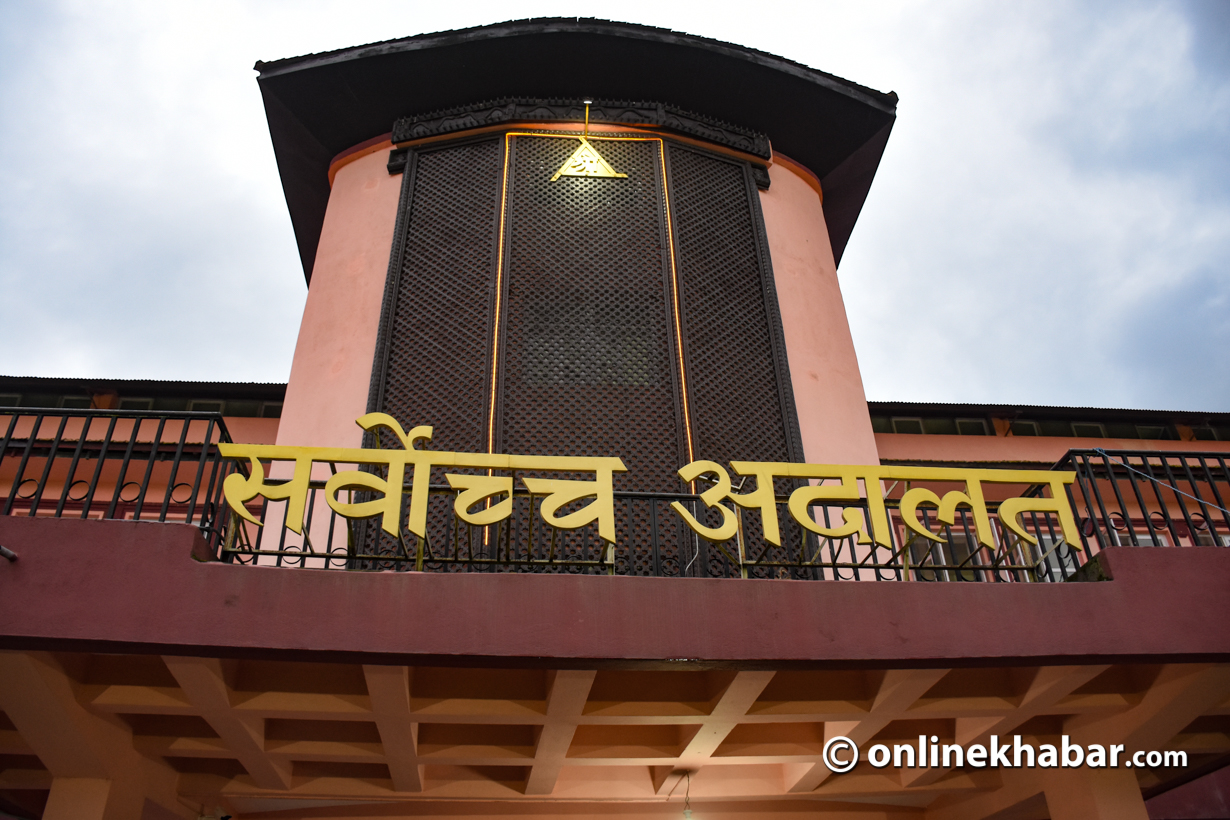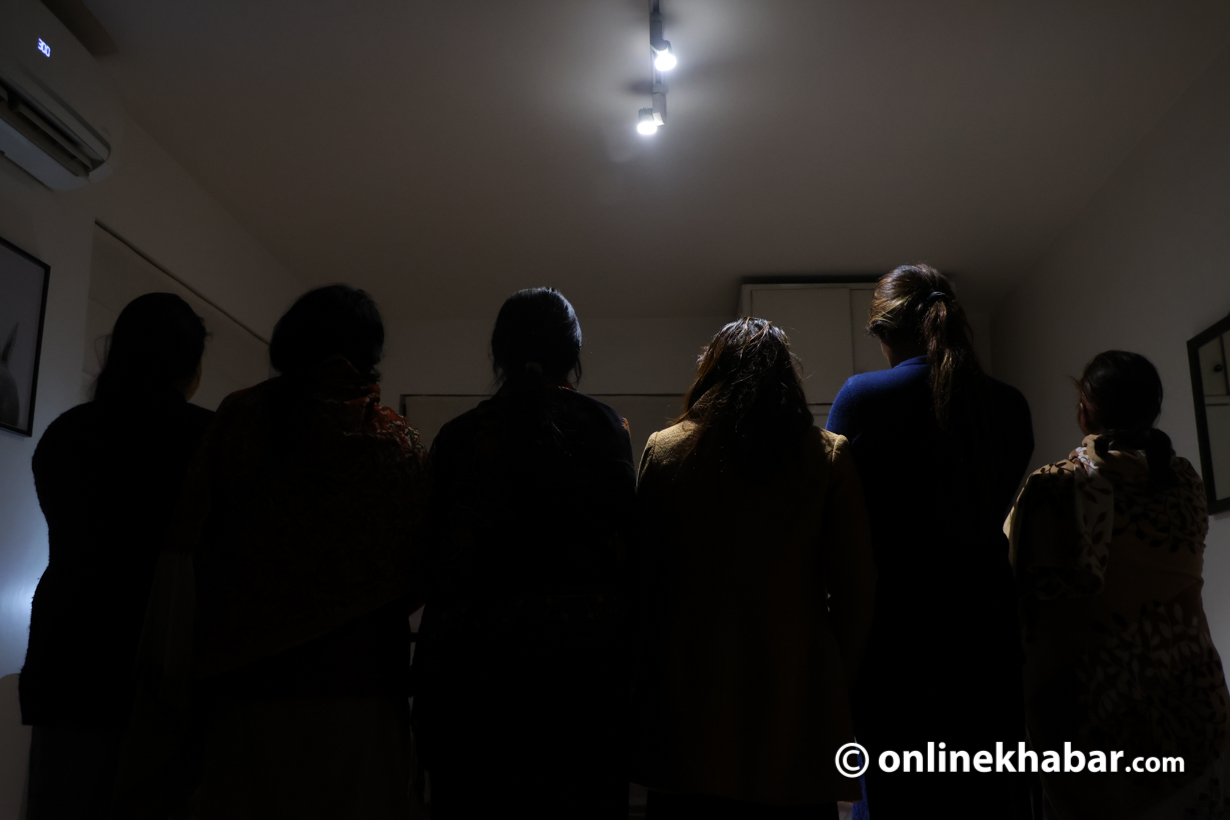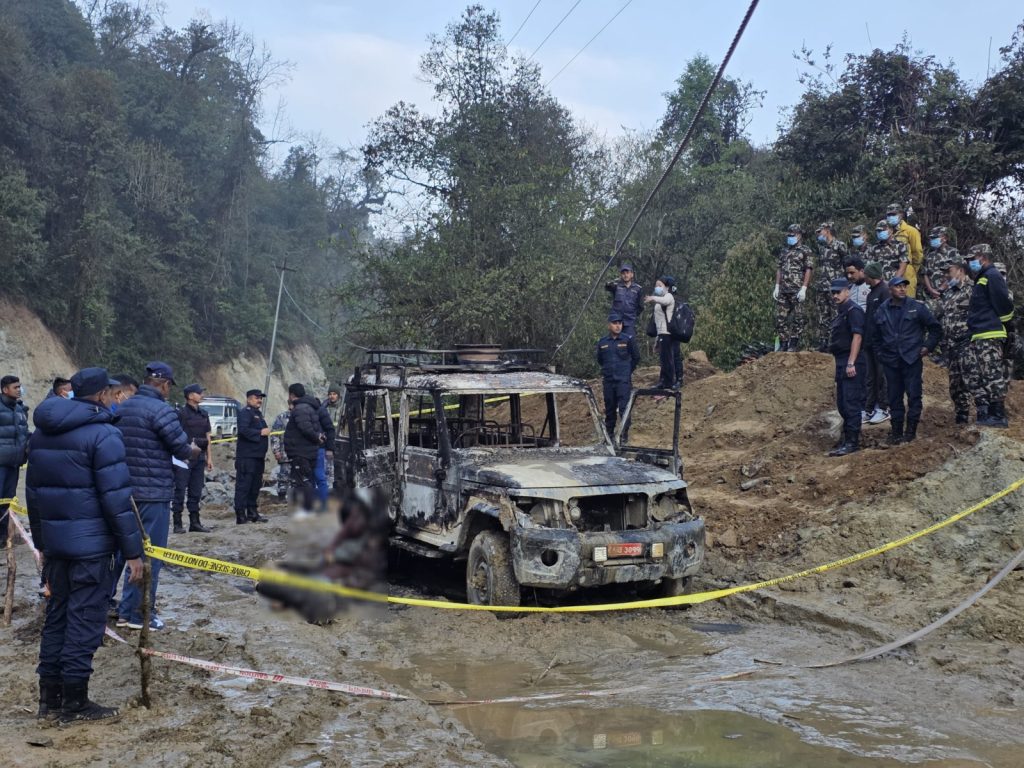
Public trust in Nepal’s courts has become a hot topic lately. Recent events have raised serious questions about fairness, transparency, and whether our justice system is truly effective. But could a technological solution be on the horizon?
Enter live streaming of court proceedings – a potential game-changer that could revolutionise how justice gets delivered in our nation. Trust in the judiciary is the bedrock of any thriving democracy.
But lately, Nepal’s courts have been facing heavy public scrutiny and a perceived crisis of trust. Amidst calls for more transparency and accountability, one idea has emerged as a potential solution – live streaming courtroom proceedings.
This practice has gained traction in various countries around the world, including our neighbours India and China, and it holds the promise of ushering in a new era of openness that could restore public faith in our judicial system. The idea of allowing everyone to virtually witness court proceedings as they unfold is both exciting and daunting.
On one hand, it could demystify the judicial process, pulling back the curtain for all to see. No more wondering what happens behind those closed doors. But it also raises concerns around privacy, fair trials, and ethical implications we must carefully consider.
Ultimately, thoughtfully implementing live streaming could be the first step on a path to rebuilding trust that has been lost. Citizens would have a window into how justice operates daily in our courts. Observers could hold the system accountable in a tangible way. And the judiciary itself may be motivated to adhere to the highest standards of ethics, knowing every decision could face intense public scrutiny.
Of course, it’s a complex issue with no easy answers. But in this era of technology, perhaps live streaming is an idea whose time has arrived for Nepal’s justice system. It’s a conversation worth having as we seek to strengthen this vital pillar of our democracy.
The Rationale: Upholding transparency and the Public’s Right to Know

The case for live-streaming court proceedings in Nepal is rooted in the fundamental principles of transparency and the public’s right to information. As the former Chief Justice of India, N.V. Ramana, eloquently once stated that, “Transparency is a time-honoured principle when it comes to the judicial process in our country. Hearing of cases has always taken place in public courtrooms, with access being allowed not only to the lawyers and the litigants in a particular case but also to the general public.”
This sentiment underscores the importance of open and accessible judicial proceedings, which are crucial for maintaining public confidence in the legal system. Live streaming court proceedings can be seen as an extension of this principle, ensuring that the administration of justice is not only fair but also perceived as such by the general populace.
The Indian experience: Pioneering a path towards transparency
Nepal can draw valuable insights from the experiences of its neighbour, India, which has taken significant strides towards embracing live streaming in its judicial system. The Indian Supreme Court, recognizing the “citizens’ right to know judicial proceedings,” has taken groundbreaking steps to enhance transparency and accountability. In 2018, the Supreme Court live-streamed the highly contentious Ayodhya land dispute case, a move that was hailed as a significant stride towards enhancing public confidence in the judicial process. Since then, several high-profile cases have been live-streamed, allowing citizens to witness the court proceedings in real time, fostering a sense of inclusivity and openness. Justice D.Y. Chandrachud, in a poignant statement, emphasized the transformative potential of live streaming, stating, “Sunlight is the best disinfectant. Live-streaming as an extension of the principle of open courts will ensure that the interface between a court hearing with virtual reality will result in the dissemination of information in the widest possible sense, imparting transparency and accountability to the judicial process.”
The Indian experience demonstrates that live streaming can be a powerful tool in promoting transparency and public trust in the judiciary. By allowing citizens to observe the judicial process unfold in real-time, it dispels any notion of secrecy or impropriety, fostering a more open and accountable legal system.
The Benefits: Fostering trust, accountability, and legal awareness
The implementation of live streaming in Nepal’s courts can yield numerous benefits, chief among them being the restoration of public trust and confidence in the judiciary. By allowing citizens to witness the judicial process unfold in real time, live streaming promotes transparency and openness, dispelling any perception of secrecy or opacity.
Furthermore, live streaming can act as a deterrent against potential misconduct or bias within the judicial system. The knowledge that proceedings are being broadcast live can promote ethical behaviour and uphold the integrity of the judicial process. This, in turn, can enhance public perception of the judiciary as an impartial and accountable institution.
Live streaming also serves as a powerful tool for public legal education. By enabling citizens to observe court proceedings, it demystifies the legal system and fosters a better understanding of the judicial process. This increased awareness can lead to a more informed and engaged citizenry, empowering individuals to actively participate in the democratic process and hold the judiciary accountable.
As Senior Advocate Indira Jaising aptly noted, live streaming “will help litigants instantaneously know what happened to their case and how their lawyer performed before the court.” This level of transparency not only enhances public confidence but also empowers litigants by providing them with real-time access to the proceedings that directly impact their lives.
Striking the right balance: Privacy concerns and safeguards
While the benefits of live streaming are substantial, it is crucial to address legitimate concerns surrounding privacy and the protection of sensitive information. Critics have raised valid apprehensions about the potential for live streaming to jeopardize the safety and well-being of participants, such as victims of crimes or witnesses in high-profile cases. To address these concerns, Nepal can adopt a nuanced approach, similar to the Indian model, by excluding certain types of cases from live streaming. Cases involving sensitive matters, such as matrimonial disputes, sexual offences, gender-based violence, and cases involving minors, may be exempted to safeguard the dignity and privacy of vulnerable individuals.
Additionally, robust guidelines and safeguards can be implemented to protect the identities and personal information of participants. Techniques such as face-masking, pixelation, and electronic distortion of voice can be employed to ensure anonymity when necessary. The presiding judge should also have the discretion to pause or stop the live stream at any time, should circumstances warrant such action.
By striking the right balance between transparency and privacy, Nepal can ensure that the principles of open justice are upheld while respecting the rights and well-being of all stakeholders involved in the judicial process.
The way forward: Implementing best practices and learning from others
As Nepal considers embracing live streaming in its courts, it is imperative to learn from the experiences of nations like India that have already trodden this path. By adapting best practices and addressing the challenges encountered by other countries, Nepal can develop a comprehensive and robust framework for live streaming.
One crucial aspect to consider is the establishment of a dedicated control room and the deployment of technical experts to oversee the live-streaming process. This specialised team would be responsible for monitoring the live stream, ensuring compliance with guidelines, and addressing any technical issues that may arise. Furthermore, robust infrastructure and hardware must be put in place to facilitate seamless live streaming.
This may include the installation of cameras in courtrooms, appropriate microphones for advocates and witnesses, and the integration of electronic evidence presentation systems. Capacity building and training programs should also be undertaken to ensure that all stakeholders, including judges, lawyers, court staff, and technical personnel, are well-versed in the live-streaming procedures and protocols.
This will not only ensure smooth implementation but also foster a culture of transparency and openness within the judicial system. Moreover, Nepal can draw lessons from the experiences of other countries that have experimented with live streaming, such as China. While China’s approach has been criticized for potential censorship and selective broadcasting, it nonetheless provides insights into the challenges and pitfalls that Nepal should strive to avoid.
By learning from both the successes and failures of other nations, Nepal can develop a comprehensive strategy that upholds the principles of transparency while respecting the rights and privacy of all stakeholders involved.
The idea of live-streaming court proceedings in Nepal will be a notable and huge step forward in making our legal system more open, accountable, and trustworthy. It upholds our constitutional principles of transparency and the public’s right to know, while also educating people about the law and discouraging any potential misconduct by those in the judiciary.
























